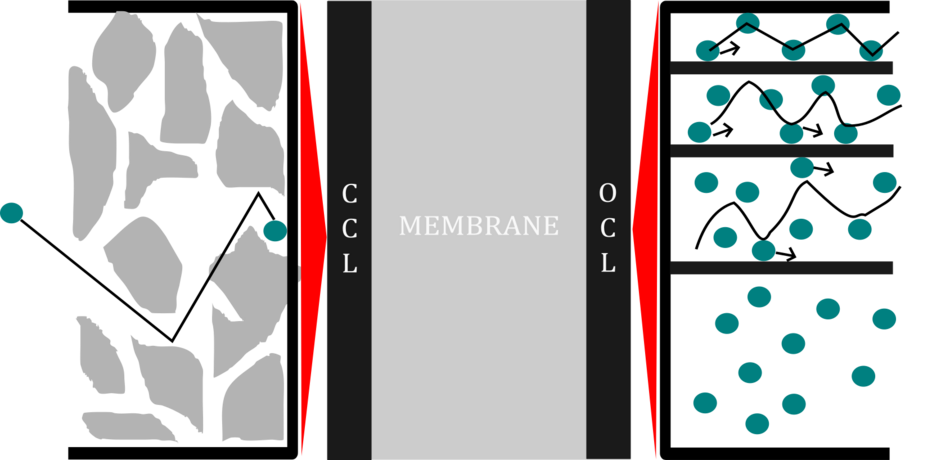Muhammad Yusro and Viktor Hacker
The catalyst layer in Proton Exchange Membrane Fuel Cells (PEMFCs) is crucial for facilitating electrochemical reactions. These layers required meticulously engineered structures to optimize the accessibility of catalyst sites to reactants and to enhance electron and proton transport. The advancement of patterned ordered catalyst layers has attracted significant attention, as this arrangement is thought to resolve essential challenges relative to conventional catalyst layer structures in fuel cells. The theoretical foundation for the usage of ordered catalyst layers and their superior performance has not yet been documented. This article addresses the implications of shifting from conventional catalyst layers (CCLs) to ordered catalyst layers (OCLs) in PEMFC applications. The discussion will address important aspects, including mass transfer, reaction rates, platinum utilization, water management, and the generation of electricity, which are essential for interpreting the performance of PEMFCs. Future directions involve modeling, manufacturing scalability, inventive structural designs, and the dissemination of developments, providing insights into enhancing the performance and practicality of PEMFCs.
Sustainable Energy & Fuels, 2025

